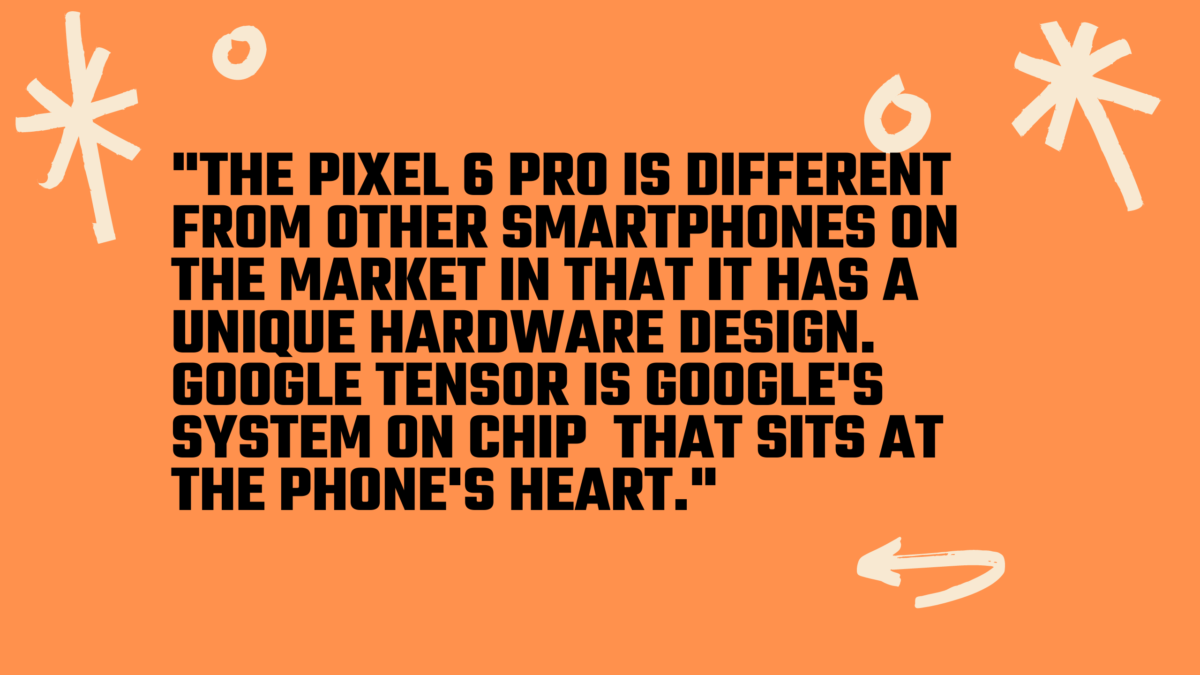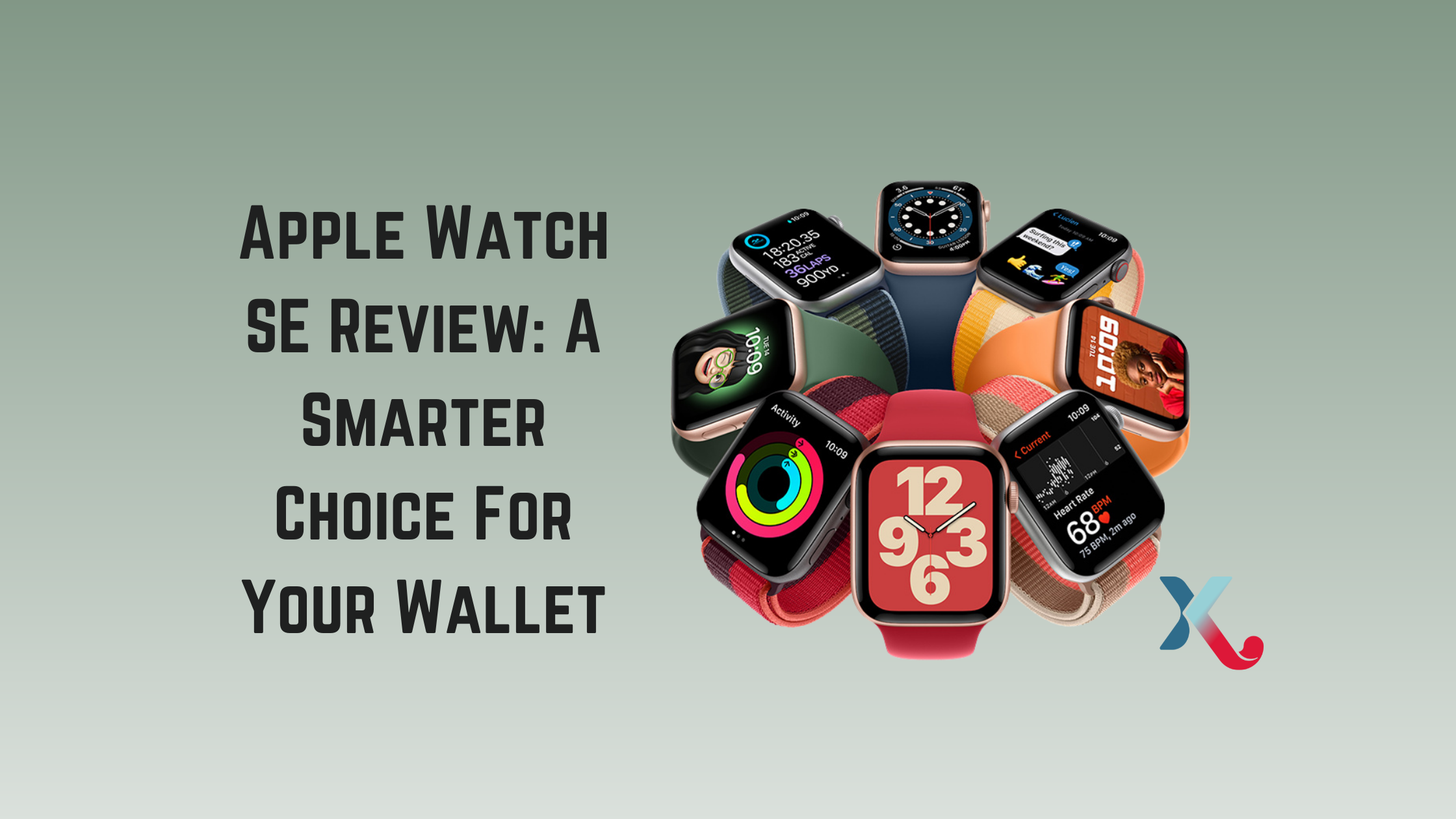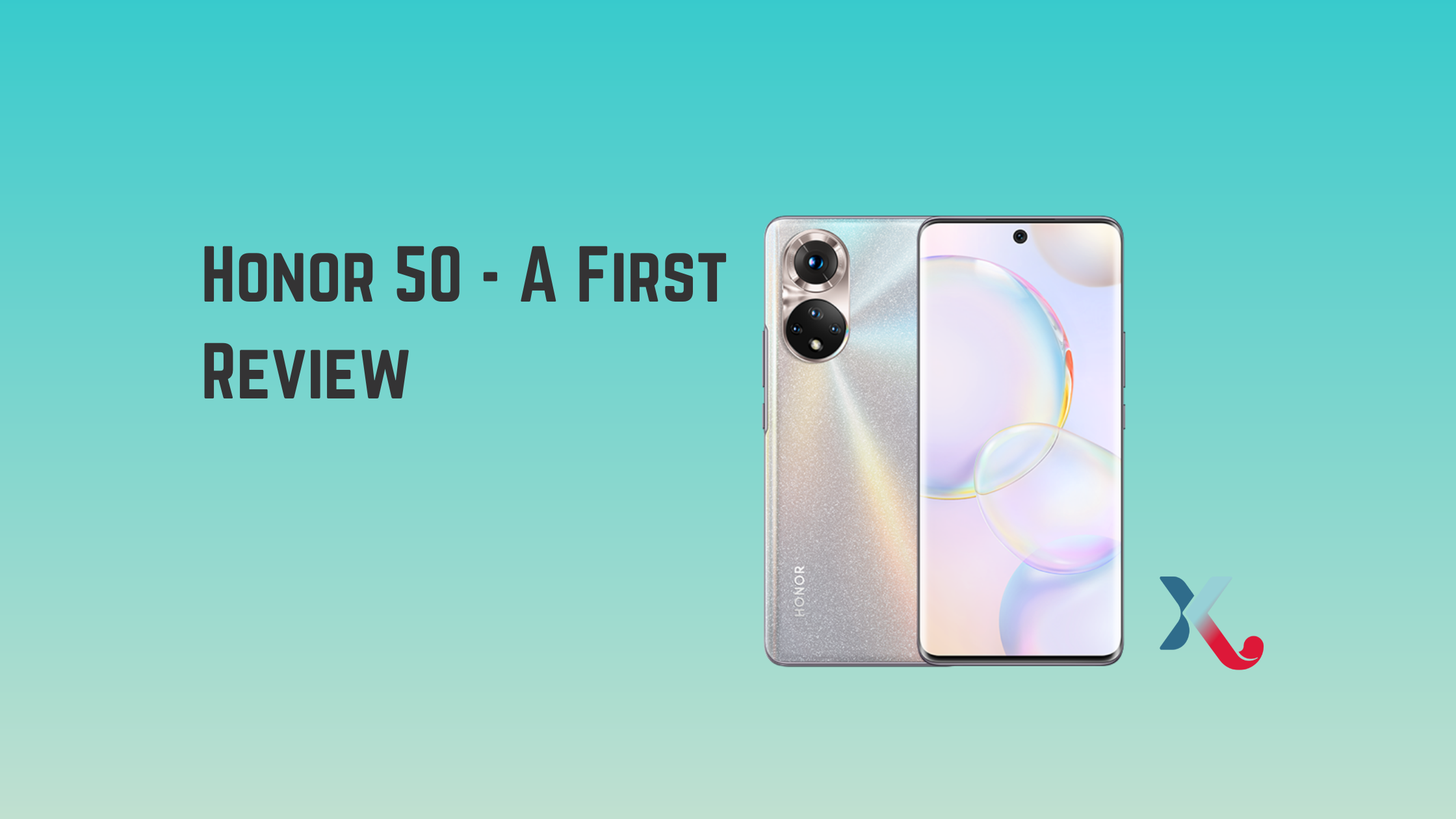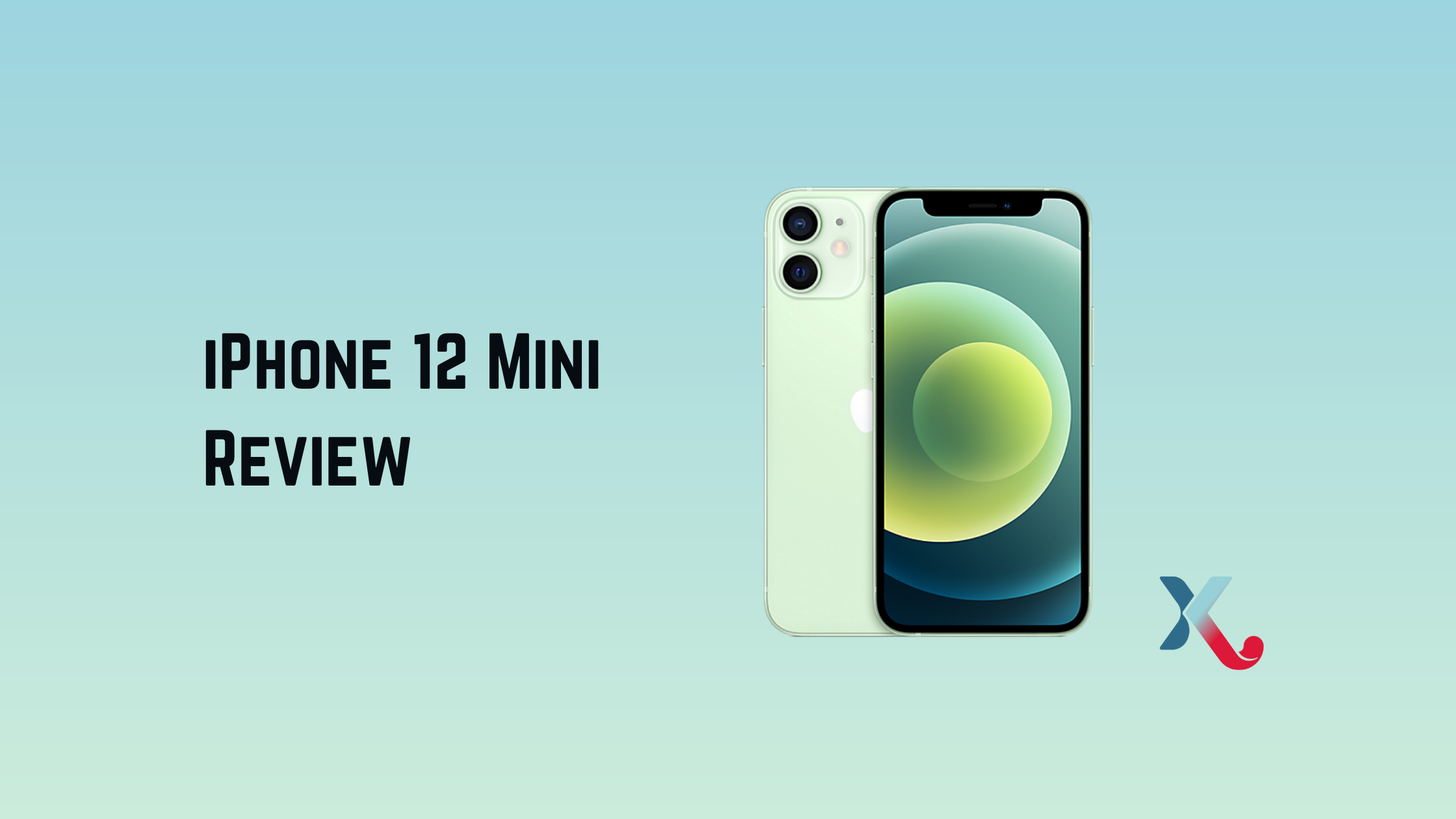What we think
This flagship is a tempting option because it has a great camera system and lots of power. This phone is a bold step forward by Google and offers a more ambitious phone than its competitors. The phone is priced to appeal. You get a lot for your money and the Pixel advantage of the latest Android OS updates.
Pros
- Outstanding camera performance
- Confident design
- Waterproofing
- Great display
- Android 12 the way it was intended to be
Cons
- No 3.5mm headphone socket
- Very substantial
- Charging is not fast
- Can get warm during gaming
Google’s Pixel phone line appeared to be in a bind in 2020. But, 2021 is all about making it more robust. While the Pixel 5 was launched as a mid-range phone, it seemed to be moving away from flagship ambitions. Many felt it lacked purpose. Ironically, it was the perfect phone for 2020.
We have the Pixel 6 Pro, a new flagship and a renewed enthusiasm for 2021. This phone feels like Google’s most ambitious yet, a true coming-of-age story.
Design and Build
- Dimensions: 163.9×75.9×8.9mm / Weight : 210g
- Alloy frame, Gorilla Glass Victus
- IP68 weather- and dust-sealed
The Pixel 6 Pro is approximately the same size as the Samsung Galaxy S21 Ultra in weight and features many hallmarks of premium smartphone design.
The Pixel 6 is outsold by the “waterfall” display. It curves over the edges and matches the curving glass on the rear panel. The phone’s centre is framed by a camera array at the rear and an alloy unibody.
People have been talking about the back of their phones for years. The Pixel 4 was launched with a square camera on the rear. It was made to stand out. The Pixel 6’s camera is the design.
It has a retro feel, especially with some of its colours. Long gone are the days when we heard Richard Yu, Huawei CEO, exclaim, “no bump!” The Pixel 6 Pro looks bumpy from the stage.
The finish is excellent, with a tiny detail. The camera array is located between the metal bands. It consists of three sections. They are the central and the curved portions on either side. This means that there are two seams in the section we don’t like.
Next, IP68 protection is the flagship-grade waterproofing. The glass front and back are Gorilla Glass Victus. This should at least protect against scratches, but it won’t resist fingerprints.
Stereo speakers are included in the design. There is a long slit at the top of each display where it meets the frame, and an orifice at the bottom. It doesn’t have a 3.5mm headphone socket, so it’s wireless only. The speakers are of excellent quality and have enough volume to provide a great gaming experience or watch ad-hoc videos.
Display
- 6.7-inch LTPO OLED panel
- 3120 x 1440 resolution (512ppi)
- 120Hz (adaptive) refresh rate
- 19.5:9 aspect ratio
- HDR
The Pixel 6 Pro has a large display of 6.7 inches, while the Pixel 6 Pro is smaller at 6.4 inches. The Pro model is also different from the regular by having a Quad HD+ resolution of 3120 x 1440 pixels. This gives it a pixel density (512ppi) and gives it a more pixel-packed finish.
This panel is the same size as the iPhone 13 Pro Max’s, but it has a slightly higher resolution. The result is that the Google phone can display crisp details. This resolution cannot be reduced, unlike rivals like Samsung’s Galaxy S21 line. There are three options for choosing the colour: natural, boosted, and adaptive. The last is the most popular and default.
This is an LTPO OLED screen, which can provide adaptive refresh rates. The display will automatically adjust to the content it is displaying. It can do this with a frequency range of 10-120Hz. Static content such as an ebook would run at 10Hz to save battery. Fast scrolling at 120Hz can be used to reduce tears and improve the page’s appearance. If you prefer, you can turn it off and use 60Hz refresh instead.
The Pixel 6 Pro is a high-quality display that offers great colouration and quality. It can also handle brighter sunlight thanks to its ample brightness.
The front-facing camera has a punch hole at the top of the display. Google also offers an under-display fingerprint reader on the Pixel 6 models. This keeps the rest clean. While we have never had any issues with the rear fingerprint scanners, many will inevitably appreciate its new location on the front. Overall, we have no issues with the scanner, and it works well to unlock our phones with little haptic acknowledgement.

Hardware
- Google Tensor 5G processor
- 12GB RAM, 128/256GB Storage
- 5003mAh battery, 30W wired/23W wireless charging
The Pixel 6 Pro is different from other smartphones on the market in that it has a unique hardware design. Google Tensor is Google’s system on chip (SoC) that sits at the phone’s heart.
Google claims the phone is 80 per cent faster than the Pixel 5. However, that was with mid-range Snapdragon 765G hardware. We don’t know what Google bases these comparisons. Both phones felt smoother and more responsive, and the experience was every bit as good as the flagship.
Google claims its hardware was four years in development. Tensor also wants to improve the artificial intelligence and machine-learning of devices. This will allow it to run on the phone and not in the cloud, which makes it more secure and faster.
Tensor’s performance is outstanding. While it will be the focus of much discussion about this phone, I have used many Snapdragon 888 devices this past year and it isn’t easy to see any differences. While synthetic benchmarks may fuel the debate about which one is better, in actual day-to-day usage, it’s still a flagship experience.
One area that may raise eyebrows is when the phone is being used heavily. The Pixel 6 Pro will begin to warm up during long gaming sessions. This is due to faster than average battery drain. However, it can make a significant difference in overall endurance.
Call of Duty Mobile will give you a warm feeling and a faster battery drain. In some cases, it may even be more rapid than flagship phones. You might consider a gaming phone if you are a long-term gamer.
Google Tensor supports 5G connectivity. There will be several versions of this phone, including a Sub 6 model and one that includes mmWave. Wi-Fi 6E and Bluetooth 5.2 are supported, as well as ultra-wideband (UWB) connectivity. The 5G connectivity has been great and the speeds are excellent.
One minor complaint about connectivity is Android 12. The Quick Settings now provides “Internet” with both Wi-Fi and cellular in one area. This means that it only takes two taps instead of one to disable Wi-Fi in older Android versions. This is important. If you leave your home and want to stream music, your phone will keep the Wi-Fi network open for too long. The music will stop. To avoid this, we prefer to use the Wi-Fi Quick Setting button.
Google explains that UWB functionality won’t be enabled at launch. It doesn’t really matter if you don’t have anything to test it with. However, we expect Tile Ultra to be available in 2022 and compatibility for cars such as the BMW iX in future.
Google has discontinued microSD, but 128GB and 2256GB options offer ample storage.
The phone has a single USB-C port at the bottom that allows for charging the battery up to 30W. However, there is no charger inside the box. This means that you will need to bring your own charger.
Although it isn’t the fastest charger, it’s designed to charge a USB PD3.0 PPS charger. However, it’s fast enough to keep most users happy. Wireless charging is supported up to 23W with the Google Pixel Stand (2nd generation). It can also charge wirelessly with a Qi wireless charger 12W.
Google claims that the Pixel 6 Pro will last 24 hours, or 48 hours, if you turn on extreme power-saving mode. However, this mode limits what you can do with the phone and disables many of the apps. It’s a very extreme option, as the name implies.
As always, the battery depends on how much you use it. The battery’s usage is what matters. Long gaming sessions, which are common on larger phones, will drain it faster and may need to be recharged throughout the day. It will last longer on lighter days and when you are using it for normal tasks like messaging, calling, browsing social media, or snapping photos, but not as much. On such days, the average day ends with 50% remaining.
Cameras
- Triple rear camera array:
- Main: 50-megapixel, 1/1.31in sensor, 1.2mm pixels size, aperture f/1.85, optical image stabilisation, (OIS).
- Telephoto: 48MP. 1/2in, 0.8mm. f/3.5. OILS
- Ultrawide: 12MP, 1.25mm, f/2.2
- Front: 11.1MP, 1.22mm. f/2.2
The Pixel 6 Pro features a new camera system that pairs a higher resolution main, fold type (periscope), telephoto and ultrawide. This is an area where this phone is different from the smaller Pixel 6. It misses the telephoto.
Although the camera’s composition has changed, the overall look and feel of Pixel cameras is the same. Google has added new features to the Pixel camera, but they are still keeping it simple: you can point and shoot and get results no matter what the conditions.
It is based on artificial intelligence (AI), and computational photography. This area is where Google really has made a name for itself with its Pixel family.
Google uses pixel binning to produce 12.5-megapixel images. This involves combining four pixels from the sensor into one image. Google claims that this method has a greater surface area for absorbing light, which can be used to support low-light photography, such as Astrophotography and Night Sight modes. The Pixel, however, is not able to take large 50-megapixel photos or provide complex overlaps of features. It’s simple.
The Pixel 6 Pro’s main camera is superb. The Pixel 6 Pro’s main camera is excellent. It can perform many tasks, and Google’s AI supports it. This allows for great results in all conditions. It can make boring photos more interesting than others. While some phones cameras may produce flat images in less than ideal conditions, Google elevates the game by boosting dynamic range (HDR), lifting shadows and making colours richer without being too unrealistic. This results in better images.
ULTRAWIDE
This AI processing has its downsides. The HDR effect can appear artificial in certain conditions. This is evident when there are small bright areas like the leaves of a tree. This effect is quite common with smartphones. However, you can disable HDR in your camera to get the desired result.
Night Sight can also make night scenes appear brighter than they are. Night Sight can indeed make night shots appear brighter than they actually are.
AI does the work in this camera. There is no pretence that this is about any particular sensor or lens. All cameras have these options. This means that the front camera has all the same features as the back cameras. This is something that some smartphones do not even consider.
The Pixel 6 Pro is one of the best smartphone cameras you can use. It does almost everything and you cannot use manual modes. We’ve had fantastic results in almost every situation that we have used it in. It’s a great camera!
Android 12
3 years of software/5 year security updates The Pixel 6 Pro will launch with Android 12, which includes a few exclusive tweaks you can only find on Pixel. While many phones are now rolling back to offer a cleaner Google Software experience, the Pixel is still at the top of the line for updates. The promise for a three-year version and five years for security upgrades means that it will be available on all devices.
Material You is the big change. Material You is the main focus of Android 12. It allows you to personalise your phone according to your needs. This allows you to choose a wallpaper to change the theme of your phone to match that wallpaper. The icons can be changed to match your preferences, but this only applies to Google apps and services.
It’s as simple as possible and very effective. You can make large changes to your device through many apps. The only thing that makes it less appealing is the theme icons. This feature is currently in beta. This will change your app icons to match the coloured themes. However, it won’t work with third-party app icons. If you enable it, you’ll get a mix of themed icons and colour icons.
You can see small changes everywhere, such as the ability to swipe down Quick Settings to see the battery percentage change. This will show you how long your phone is going to last. However, we found it a bit random. It will sometimes tell you the percentage and sometimes when your phone will run low on battery.
Google continues to push real-time translation on its devices. This includes translating within messaging apps such as WhatsApp and in the messaging section of other apps such as Twitter and Instagram. Voice input is now more efficient than ever, as it includes punctuation.
You can also see if your mic or camera is active via a green icon on your display. To see which apps it is being used, you can tap the button. The Privacy Dashboard will allow you to quickly view which apps use your location access information and how often. This will help you take greater control. If you wish, you can turn off the microphone and camera.
You have new options for your home screen, including suggested apps. These will change your icons based on what your smartphone thinks you are doing. This feature was previously available in the app drawer. However, it is now prominently displayed on the main page if desired.
Android 12 has made the Pixel 6 Pro feel more like a phone that can compete with Samsung’s top phones. It has a unique personality and something it doesn’t have before.
Verdict
The Pixel 6 Pro is a smartphone that has gone beyond the norm, offering a experience closer to flagships than any Pixel before.
It’s competitive with a display and camera system that can compete with many top-tier devices. However, it comes at a cost that will make some big brands rethink their pricing. Google is trying to sell the Pixel with its aggressive pricing.
The new camera is an excellent example of what computational photography can do. It’s sure to be a big topic in discussions about the Pixel. There’s also a feeling of completeness throughout this device. The bold design, excellent speakers, performance from Google’s Tensor hardware and a reliable timeline for future updates.
The Google Pixel is a great choice for anyone looking for flagship performance at a lower price, in a world where the Android phone landscape seems to be separating into Samsung and newer companies like Vivo, Oppo, and Xiaomi.
Get the Best Deals on The Latest Smartphones from NIX.
Trade-in your old phones with NIX and leave with a brand new phone. Remember, the NIX magic number is zero!! How close can you get? Come in and see. Recycle your old phone with NIX and sign-up to our Premium Membership for even better prices and saving at NIX.
Where To Buy? At NIX Of Course!
Trade-in your old phones with NIX and leave with a brand new phone.
Remember, the NIX magic number is zero!! How close can you get? Come in and see.
Recycle your old phone with NIX and sign-up to our Premium Membership for even better prices and saving at NIX.
MEGA TIP: NIX Premium Members can trade in multiple devices at once to really reduce the price of the new phone.


